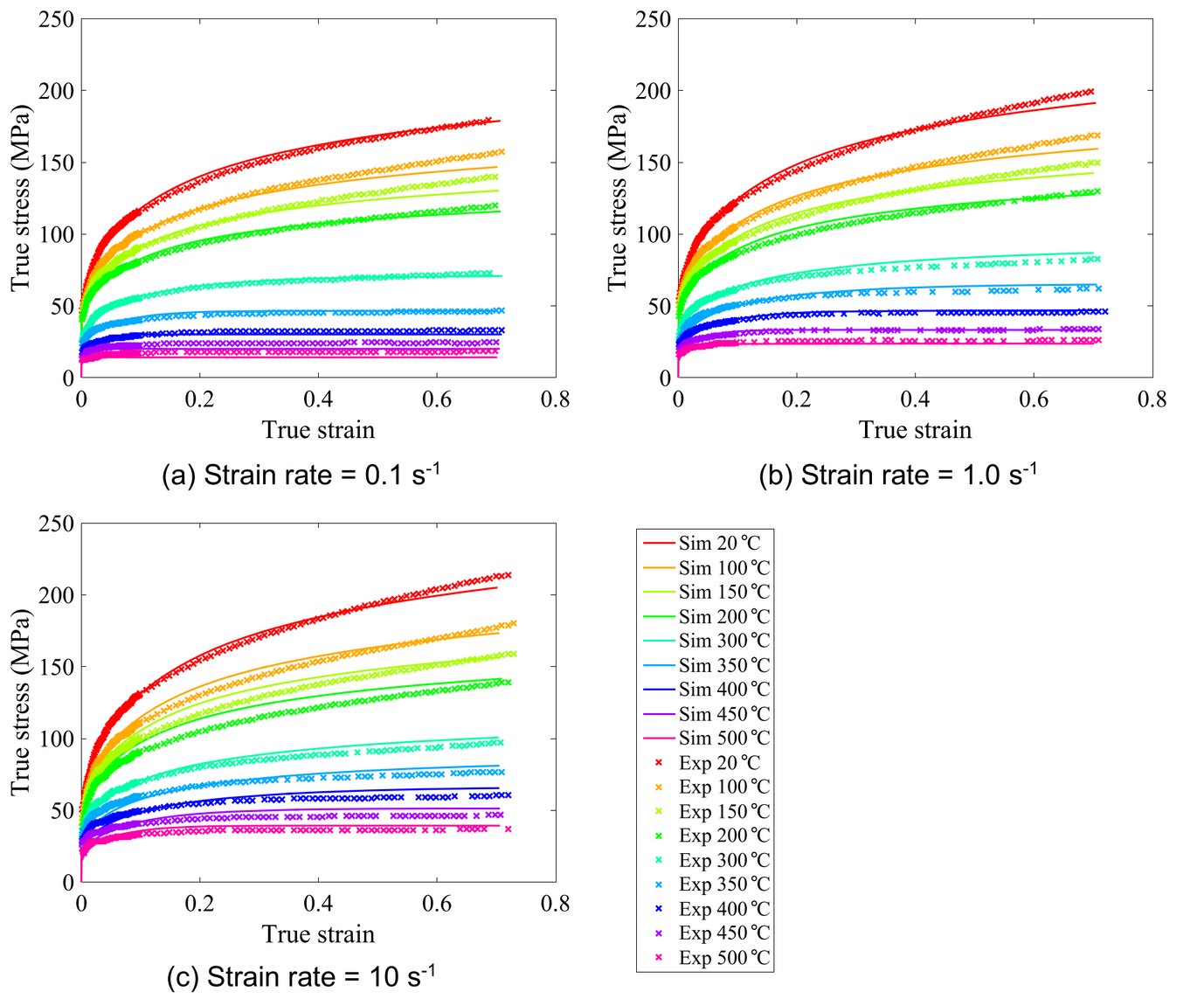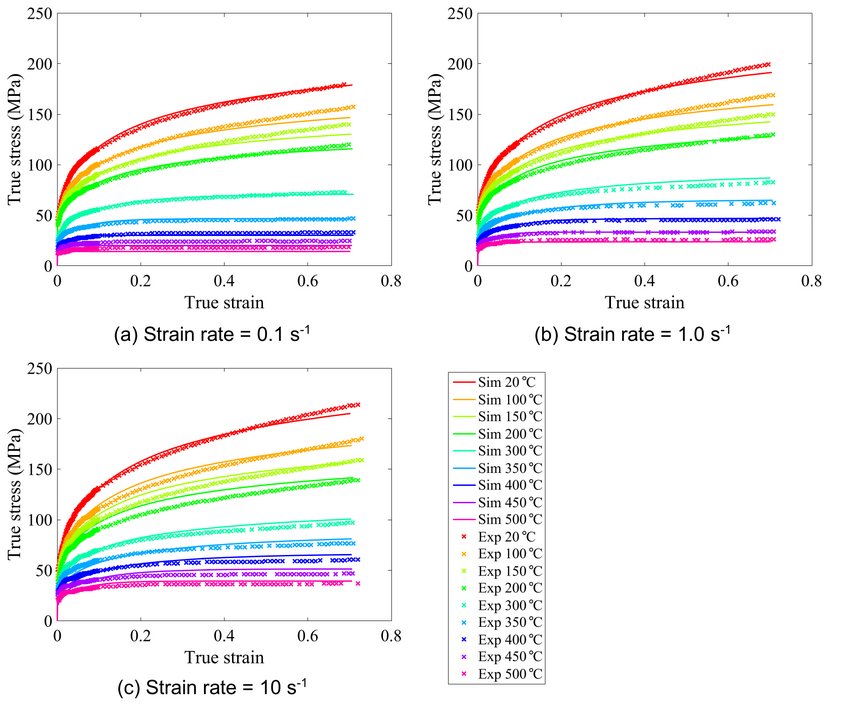Composition-dependent constitutive modeling for non-heat treatable Aluminium alloys
To reach highest quality of microstructure and mechanical properties, adjustment of downstream processing parameters are often required along the process chain, dependent on exact chemical composition of the batch and the preceding casting, deformation and annealing processing steps.
Aluminum alloys are key engineering materials for the entire field of lightweight engineering applications.
Besides their high relative strength, low mass density and excellent ductility, they offer further advantageous properties such as high corrosion resistance, high electrical and thermal conductivity, high reflectivity, impermeability and good recyclability.
To reach highest quality of microstructure and mechanical properties, adjustment of downstream processing parameters are often required along the process chain, dependent on exact chemical composition of the batch and the preceding casting, deformation and annealing processing steps.
Yet, during the often fully integrated processing, the material properties of aluminum semi-finished products cannot be readily accessed and measured.
To close this data gap, fast statistical material models can be used to compute material properties such as the microstructure and flow stress.
This is the basis for the digital twin of Aluminium industry products in complex through - process modeling chains.
To predict the flow stress by means of a statistical material model, a three internal variable mean field dislocation model (3IVM) can be used and modified to include the contribution of solute strengthening and particle strengthening to the flow stress in order to render the model microchemistry-dependent.

